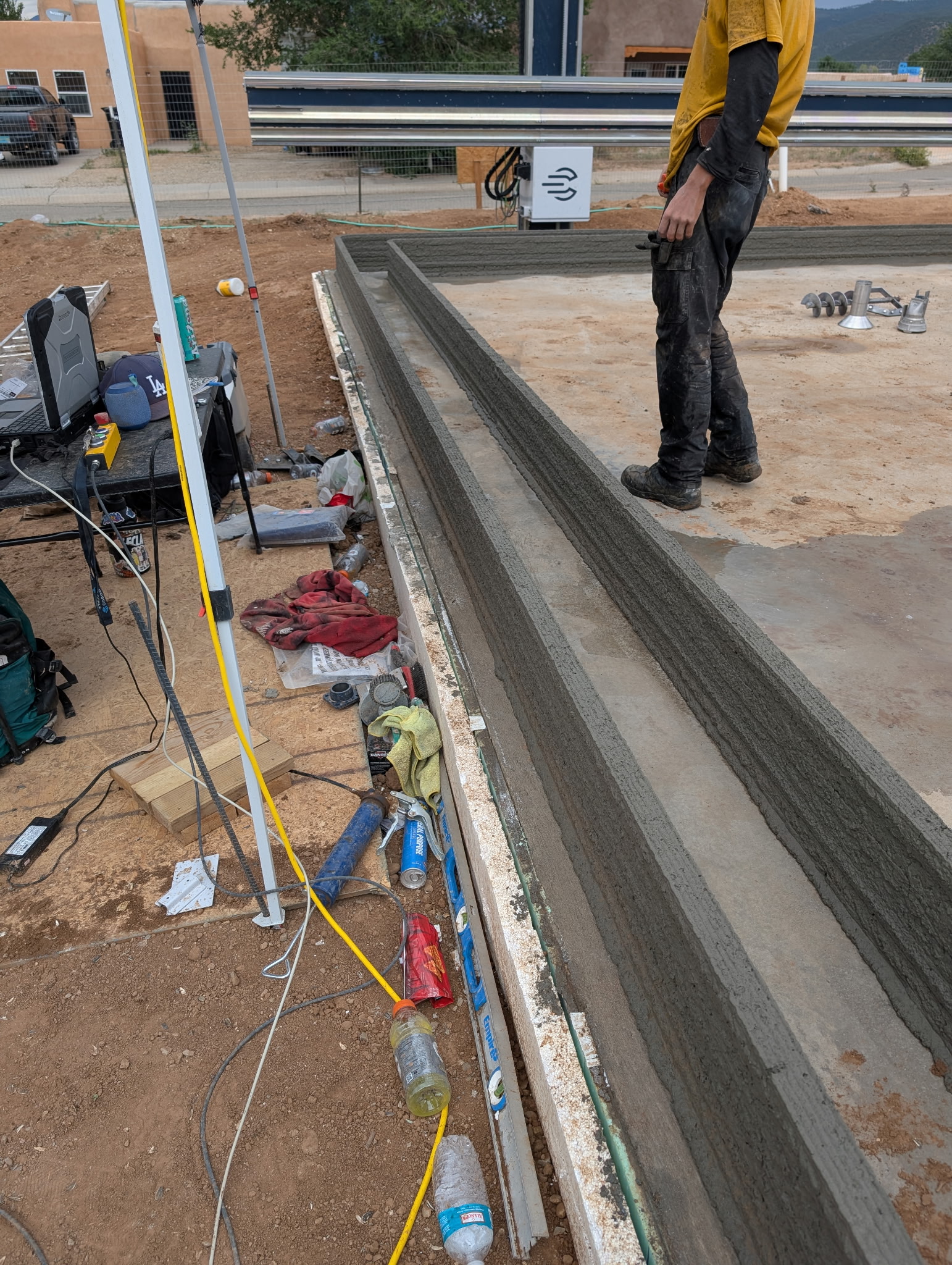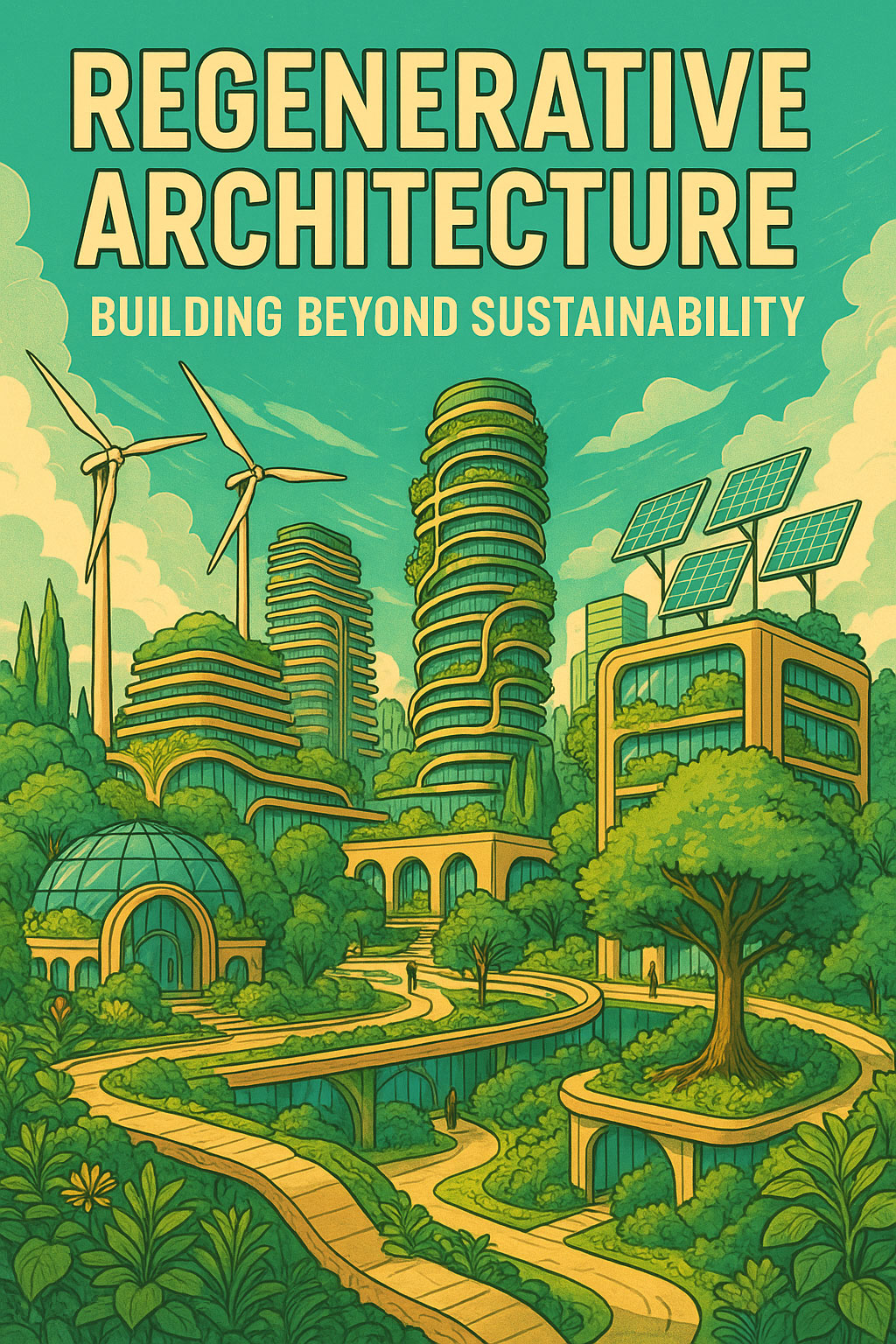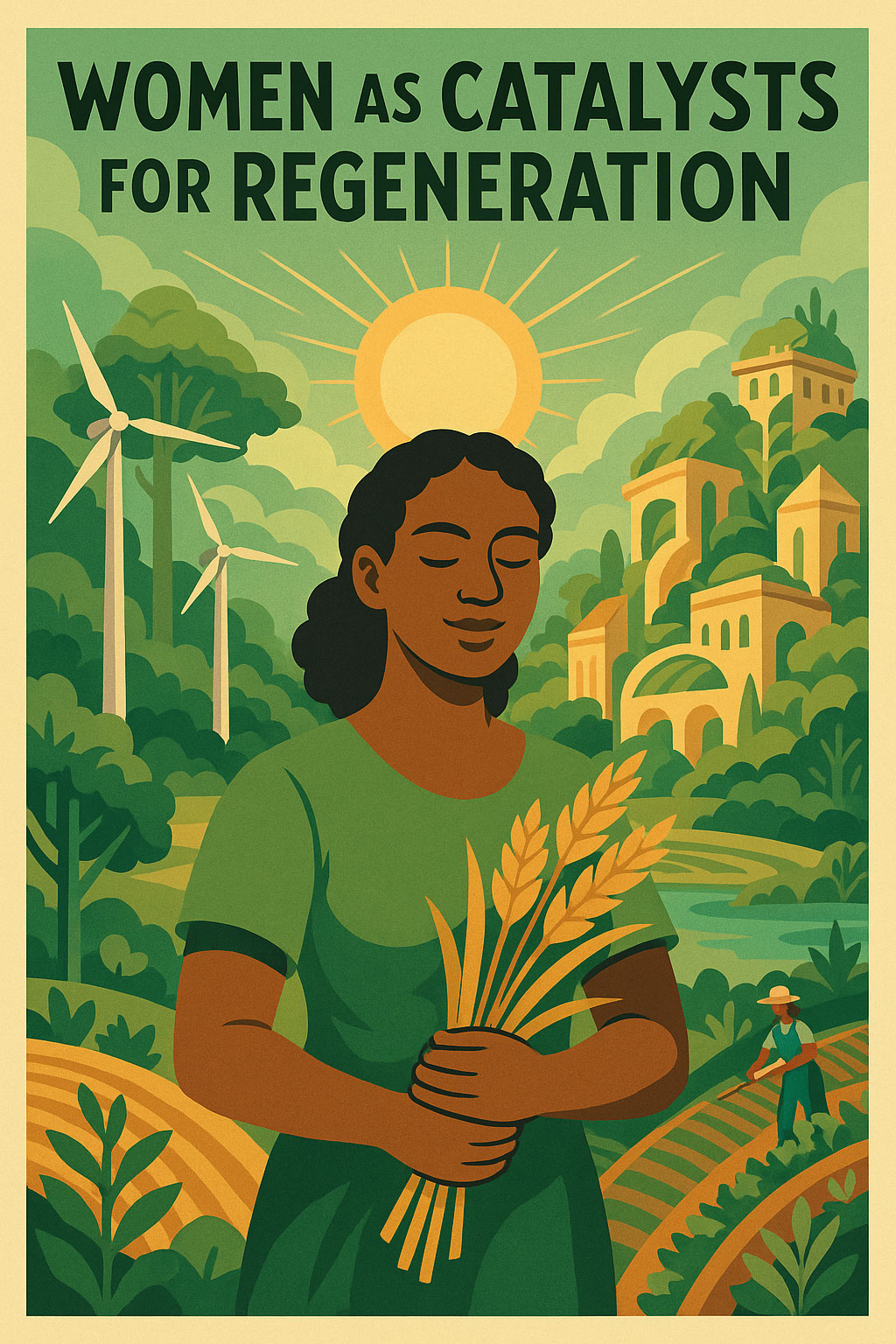In the picturesque landscapes of Taos, New Mexico, an innovative approach to sustainable food production is taking root within Earthship Walapini Greenhouses. These subterranean structures, inspired by the Earthship design principles, are not only redefining the way we grow food but also pioneering eco-friendly solutions like greywater and catchwater to maximize resource efficiency and minimize environmental impact.
The Birth of Earthship Walapini Greenhouses
The concept of Earthship Walapini Greenhouses emerged from the vision of architect Michael Reynolds, founder of Earthship Biotecture. Drawing inspiration from traditional pit greenhouse designs used in cold climates, Pangea developed the Earthship Walapini concept to create a sustainable, low-cost solution for year-round food production. By partially burying the structure underground, the Earthship Walapini harnesses the thermal mass of the earth to regulate temperatures, providing a stable environment for plant growth regardless of external weather conditions.
The Role of Greywater in Sustainable Food Production
One of the key innovations of Earthship Walapini Greenhouses is the use of greywater as a sustainable irrigation solution. Greywater, generated from household and neighboring building activities such as laundry, sinks and bathing, is collected and treated on-site as it is redistributed to irrigate crops within the greenhouse. Through a series of filtration and purification systems, including peat moss filters, biofilters, and plant-based filtration beds, greywater is cleansed of contaminants and nutrients as it nourishes plants. This closed-loop system not only conserves water but also reduces the strain on municipal water supplies, making it an environmentally friendly solution for sustainable food production.
Catchwater Harvesting: Maximizing Rainwater Resources
In addition to greywater, Earthship Walapini Greenhouses incorporate catchwater harvesting systems to supplement irrigation needs. Rainwater falling onto the greenhouse roof is collected and channeled into storage cisterns, where it is stored for future use. By harnessing natural precipitation, these greenhouses reduce dependency on external water sources and enhance resilience against droughts and water shortages. Through careful design and planning, catchwater harvesting systems can capture and store significant volumes of rainwater, providing a reliable source of irrigation water during dry periods.
Sustainable Food Production Practices
Within Earthship Walapini Greenhouses, a diverse range of sustainable food production practices is employed to maximize yield while minimizing environmental impact. Organic farming methods, such as companion planting, crop rotation, and soil amendment with compost and organic fertilizers, promote soil health and fertility without the use of synthetic chemicals. Beneficial insect release and natural predators, help control pests and eliminate the need for pesticides. Additionally, the use of heirloom and indigenous crop varieties preserves genetic diversity and cultural heritage, ensuring the resilience and adaptability of food crops in the face of changing environmental conditions.
Community Engagement and Education
Earthship Walapini Greenhouses serve as hubs for community engagement and education, offering workshops, tours, and hands-on learning opportunities for residents and visitors alike. These educational initiatives aim to raise awareness about sustainable food production practices, water conservation, and environmental stewardship while inspiring individuals to take action in their own homes and communities. By fostering a sense of empowerment and collective responsibility, these greenhouses empower people to become stewards of the land and champions of sustainability.
Conclusion: Cultivating a Sustainable Future
In the face of global challenges such as climate change and food insecurity, Earthship Walapini Greenhouses offer a beacon of hope and a model for sustainable living. By harnessing the power of nature and employing innovative solutions like greywater and catchwater, these greenhouses demonstrate the potential to transform our food systems while preserving precious resources for future generations. As we continue to embrace sustainability as a guiding principle, Earthship Walapini Greenhouses stand as shining examples of what is possible when we work in harmony with nature to cultivate a brighter, more sustainable future for all.







Leave A Comment